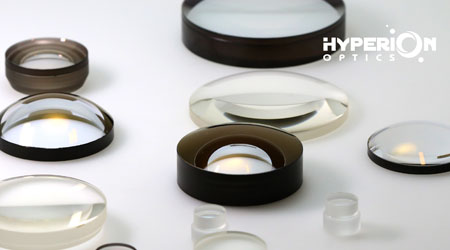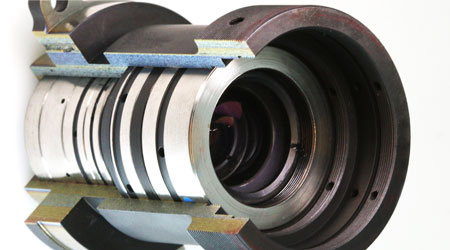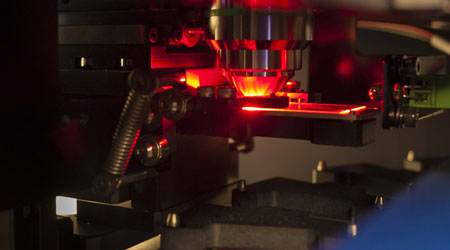I. The grinding purpose and fundamental principle
1. Purpose:
(1) to remove the damaged layer of fine grinding to meet the requirements of the specified appearance limit
(2) To finish the surface, let curvature radius R circular reaches a specified value, meet the requirements of the number of NR and the local curvature of the aperture tolerance (Yasi).
2. Fundamental principle
By mechanical movement, the mechanical action will occur between the grinding agent and the glass in the grinding dish. And the purpose of precision polishing will achieve.
II. the types and use of the required dish
1 grinding dish: used for grinding lens
2 fixture: used to hold the
optical lenses for fine grinding
3: relay equipment: the joint between machine and grinding dish, the height and coaxiality is adjustable.
4 dishes: used to repair the accuracy of the drill plate
5 drilling dish: it is used to correct the precision of grinding plate (drilling dish is by diamond particles curvature surface sticking into or out of shape curvature surface, its accuracy is generally +2 dish, dish 0~-1 negative, it is used for repairing and grinding the skin)
III. The main control point for grinding
1. Check the fixed points, scars, sand, broken, frog skin, corrosion on the surface or not.
2. Check the quantity of Yasi, vertical edge, the number of the surface is under the limit or not.
3. Check the grind quantity is in the within standard or not.
-
The Yasi ---- surface precision deviation image circle of confusion (ellipse, saddle-shaped, pillar), local irregular aperture (middle part high, middle part low, vertical edge)
-
Middle part high---When the lens and the original contract fully, a small aperture will be thick, when we pull the edge, the center will hump inward, pull 1/2, an ellipse will occur.
-
Middle part low - when the lens and the original contract fully, the center of the aperture gap is too narrow, too dense. When we pull the edge, the central bulge outward, pull 1/2, the ellipse will appear.
-
Corrosion, usually referred to as corrosion, is the appearance of a massive, punctate, fog like phenomenon caused by the chemical reaction between the surface of optical lenses and water or other substances in the air.
 Call us on:
Call us on:  Email us:
Email us:  R&D Center: 9B-4F 401,No.1 Qingnian Road Liando U Valley,Yuhua International Wisdom Valley, Nanjing, 210039 China
R&D Center: 9B-4F 401,No.1 Qingnian Road Liando U Valley,Yuhua International Wisdom Valley, Nanjing, 210039 China









 English
English  cn
cn  de
de  es
es  fr
fr 


